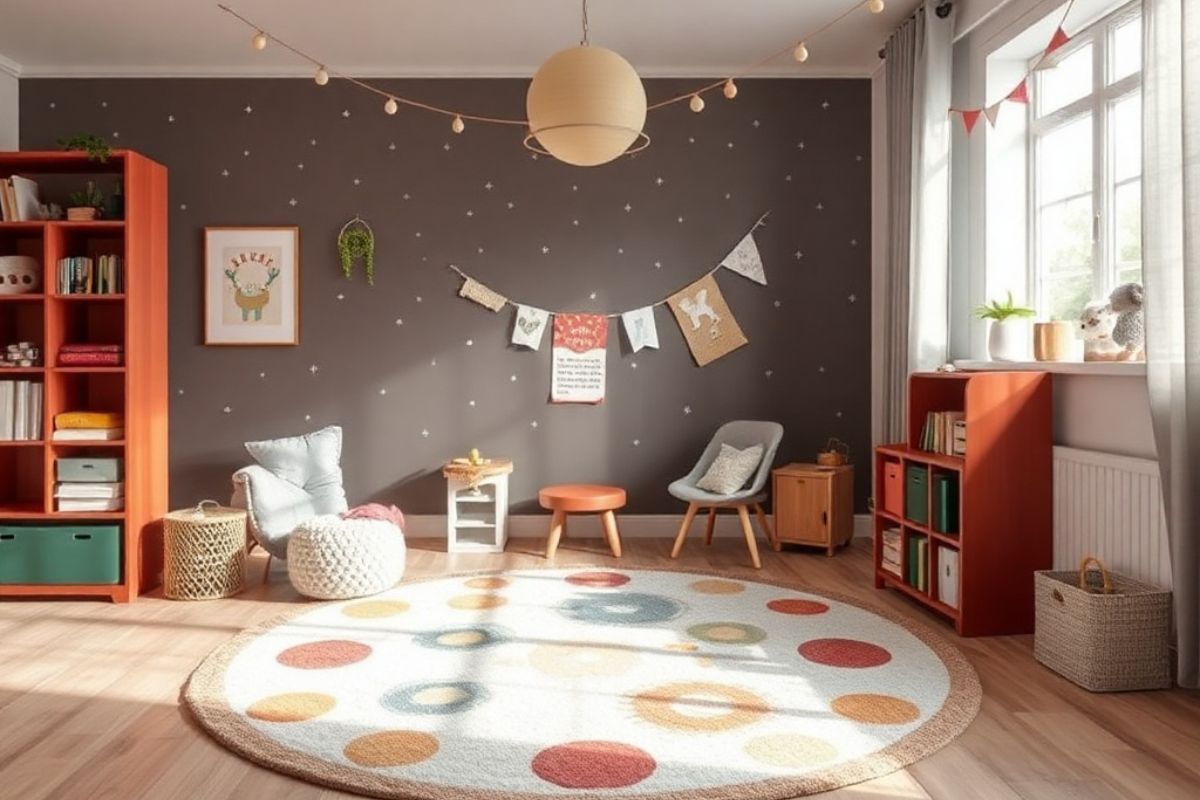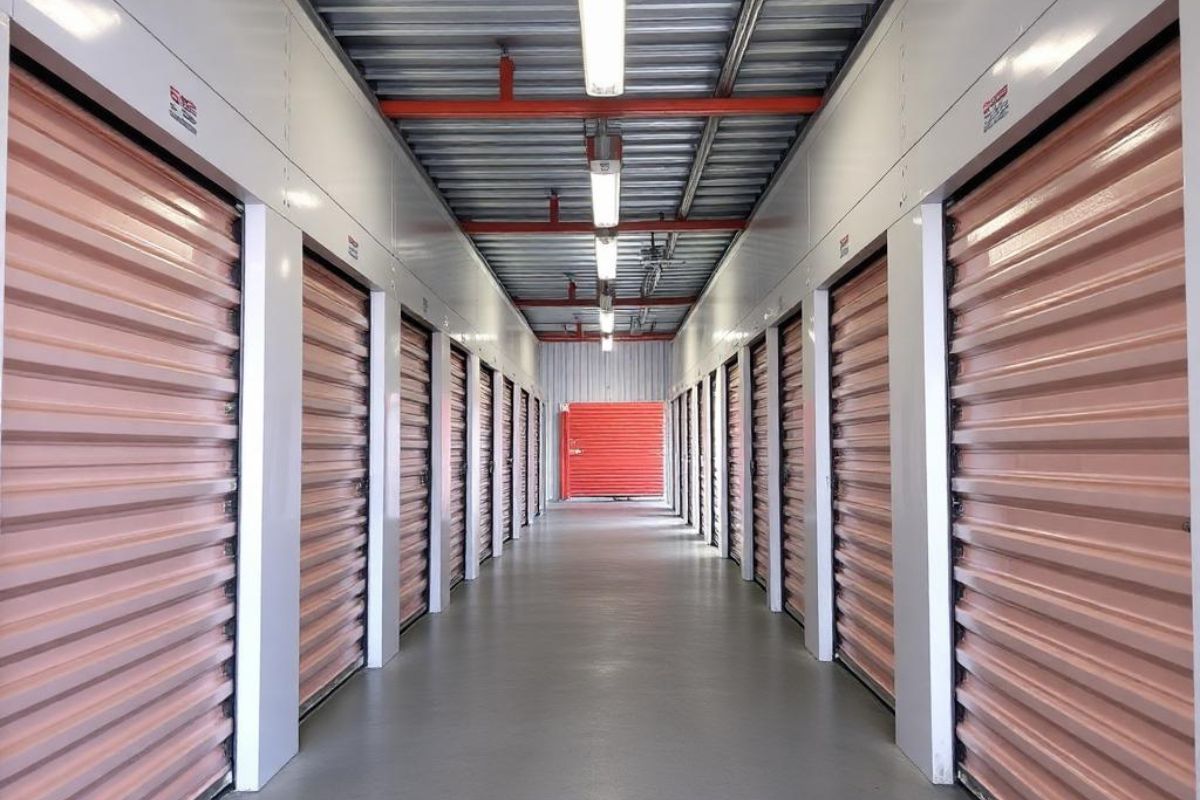Energy Efficiency in Cold Months: Reducing Heating Costs
.jpg)
When the cold months roll in, it’s normal to see heating bills jump. But keeping your home warm doesn’t have to cost a fortune. A lot of the heat we pay for slips away through tiny cracks, poor insulation, or outdated heating systems without us even realizing it.
But the good news is, a few smart changes can make a big difference — saving money, boosting comfort, and even helping the environment.
So let’s find out these practical ways to stay warm and cut heating costs at the same time.
Improve Home Insulation
One of the biggest reasons heating bills shoot up in winter is because of poor insulation. A lot of people don't realize how much heat they’re losing every day through their walls, roof, floors, and even small cracks around doors and windows.
In fact, up to 35% of your home’s heat can be lost through uninsulated walls, 25% through the roof, and 10% through the floors and gaps.
That means even if you’re blasting the heater, a big chunk of that warmth is simply slipping away.
Eli Pasternak, Founder & CEO of Liberty House Buying Group, mentions, “Insulating your home is like giving it a proper winter coat. Start with easy spots like the attic or basement. You can also use foam sealants around pipe gaps, weatherstripping around doors, and thermal curtains on windows. These are affordable, beginner-friendly upgrades that can make your home feel warmer fast — and you’ll see the difference on your next heating bill too.”
Upgrade Windows and Doors
Windows and doors are often the sneakiest sources of heat loss in most homes — especially if they’re older or poorly sealed. Even if they’re closed, cold air can still seep in through small cracks, and warm air can escape just as easily.
You don’t always have to replace them right away. There are simple fixes that help a lot. Try using thick thermal curtains during winter or adding window insulation film. Both help block out the cold. Draft stoppers under your doors are another quick win — they keep the warm air in and the chilly breeze out.
Bryan Dornan, Mortgage Lending Expert & Founder at Best Home Equity Loans, shares, “Upgrading to double-glazed or energy-efficient windows is one of the best long-term solutions. Not only will it reduce heat loss, but it also makes your home quieter and more comfortable all year round.”
Optimize Thermostat Use
Your thermostat might look like a small thing, but it has a big effect on your heating bill. A lot of people leave the heat on full blast all day, even when no one’s home or while they’re asleep — and that wastes a lot of energy.
One of the best ways to save money is to turn your thermostat down by just two degrees and wear warmer clothes indoors.
This simple habit can cut your gas bill by up to 25%, which makes it one of the easiest ways to save in winter.
Maintain and Upgrade Heating Systems
Your heating system works hard during the winter — but if it’s not running efficiently, it could be wasting energy and driving up your bills. Dirty filters, clogged vents, and worn-out parts can make your furnace or boiler less effective, meaning it has to work twice as hard to keep your home warm.
Martin Seeley, CEO & Senior Sleep Expert at Mattress Next Day, advises, “Regular maintenance is key. Clean or replace filters every month during heavy use. Make sure vents and radiators aren’t blocked by furniture or dust. And if you use radiators, bleeding them once in a while helps release trapped air so they heat properly.”
A great real-world example? Ed Begley Jr., an actor and environmental advocate, is known for his energy-conscious lifestyle. He regularly services his home heating systems and even upgraded to an energy-efficient model years ago, cutting both his energy use and bills.
You don’t have to go full eco-celebrity — even small upgrades or routine checks can make a real difference in how well your system runs.
Make Use of Natural Heat Sources
The sun is free — so use it to your advantage. Even during cold months, sunny days can bring warmth into your home if you let the light in. Open your curtains or blinds during the day, especially on windows facing the sun. It helps naturally warm up rooms without using extra energy.
Bill McCormick, President of NRT Specialty Trailers, shares, “In the evening, make sure to close curtains. It keeps the heat from escaping back out through the windows once the sun goes down.” Thermal or heavy curtains work best because they act like an extra layer of insulation.
Also, be smart about where you place furniture. Don’t block radiators or vents with couches or rugs — it makes it harder for the heat to spread through the room. Let the warm air move freely so you feel the full effect without turning up the heat.
Seal Air Leaks and Drafts
Tiny gaps and cracks can let a lot of cold air sneak into your home, and push warm air out. These leaks often show up around windows, doors, chimneys, vents, and where pipes or wires enter the house.
“One of the smartest things you can do is a basic draft check. Light a candle or incense stick and hold it near windows, doors, or outlets. If the smoke moves or flickers sideways, you’ve found a leak,” adds Clive Gray, from London Review of Suit Tailors.
Seal these spots with caulk, weatherstripping, or foam sealant. For bigger gaps, like around the base of your home or the attic hatch, you may need insulation tape or panels. These are quick and affordable fixes that stop heat from escaping — and once you block those leaks, you’ll instantly notice your home feels warmer and more comfortable.
Use Supplemental Heat Wisely
When used smartly, small heaters and heated bedding can help you stay warm without running your central heating all day.
For example, if you spend most of your time in one room — like your living room or home office — a portable space heater can warm that space quickly and cheaply. Just make sure it's energy-efficient and has safety features like tip-over protection and auto shut-off.
Sumeer Kaur, Founder of Salwar Kameez, notes, “At night, electric blankets or heated mattress pads are a cozy way to stay warm while keeping the thermostat lower. Heating just your bed instead of the whole house saves a lot of energy.”
But remember — don’t leave them on all night unless they’re designed for it. Always follow safety instructions.
And the key here is balance. Use supplemental heat only where you need it, and you’ll reduce your overall heating costs without sacrificing comfort.
.jpg)
Adopt Smarter Habits
Sometimes the smallest habits can have the biggest impact. Things like wearing warmer clothes indoors, using cozy socks, or layering with sweaters help you stay comfortable without relying on the heater.
Eric Andrews, Owner of Mold Inspection & Testing, adds, “Be intentional about closing doors to unused rooms. This keeps heat focused where you need it most and stops cold drafts from spreading.”
Don’t forget to shut closet doors and basement access too — even those small spaces can suck warmth out of the air.
If your home has a multi-zone heating system, only heat the areas you're actively using. It may feel obvious, but many people forget to adjust vents or thermostats in rooms they barely enter. Over time, these little actions can add up to savings.
Tap Into Rebates and Energy Programs
Upgrading your home is no doubt expensive. But you don’t always have to pay for everything out of pocket. Many governments and utility companies offer rebates or incentives if you invest in energy-efficient upgrades like insulation, smart thermostats, or high-efficiency heating systems, shares Siebren Kamphorst, COO of Rently.
For example, in the U.S., programs like the Energy Efficient Home Improvement Credit (EEHIC) can cover up to 30% of the cost of eligible upgrades. Local utilities often have their own offers too — some even provide free energy audits or discounts on smart thermostats.
So, it’s best to check what’s available in your area. These programs are designed to help you save energy and money at the same time. Taking advantage of them makes it easier to afford upgrades that pay off year after year.
Install Smart Home Technology
Technology today can do more than just make life easier — it can also save you real money on heating bills. Smart thermostats, for example, automatically adjust your home’s temperature based on your habits. They learn when you’re home, when you’re out, and even when you’re asleep, fine-tuning your heating needs without you lifting a finger.
Mark Mechelse, VP of Marketing at Master Magnetics, shares, “Smart thermostats can cut heating costs by up to 10–15% a year because they prevent unnecessary heating. Plus, you can control them from your phone — so if you forget to turn down the heat before leaving, you can fix it remotely.”
Other smart home tools like automated blinds, energy monitors, or zone-based heating controls also help maximize energy efficiency. If you’re upgrading, it’s worth looking into these tech options. They're an investment upfront but pay off quickly in lower energy bills.
Protect Outdoor Access Points
It’s easy to focus just on indoor spaces when trying to save heat, but don’t forget about garages, sheds, and even pet doors. If these areas aren’t insulated properly, they can leak cold air straight into your home without you realizing it.
Beni Avni, Owner of New York Gates, points out, “If your garage is attached to your house, insulate the garage door or at least seal the edges. A cold garage can suck warmth from shared walls and make your heating system work harder.”
Pet doors are another sneaky culprit. Look for insulated pet doors or ones with double flaps to block out cold air. And if you have unused exterior doors, like a basement walkout, consider adding weatherstripping or sealing them during the winter months. Small upgrades like these help lock in warmth and ease the load on your heating system.
Conclusion
Saving on heating costs during the cold months is not hard. With just a few smart changes — like sealing drafts, using your thermostat wisely, and adding insulation — you can keep your home warm without spending too much. Even small habits, like wearing warmer clothes indoors or closing doors to unused rooms, can make a big difference.
And if you’re ready to upgrade, don’t forget to check for rebates or tax credits that can help cover the cost.









